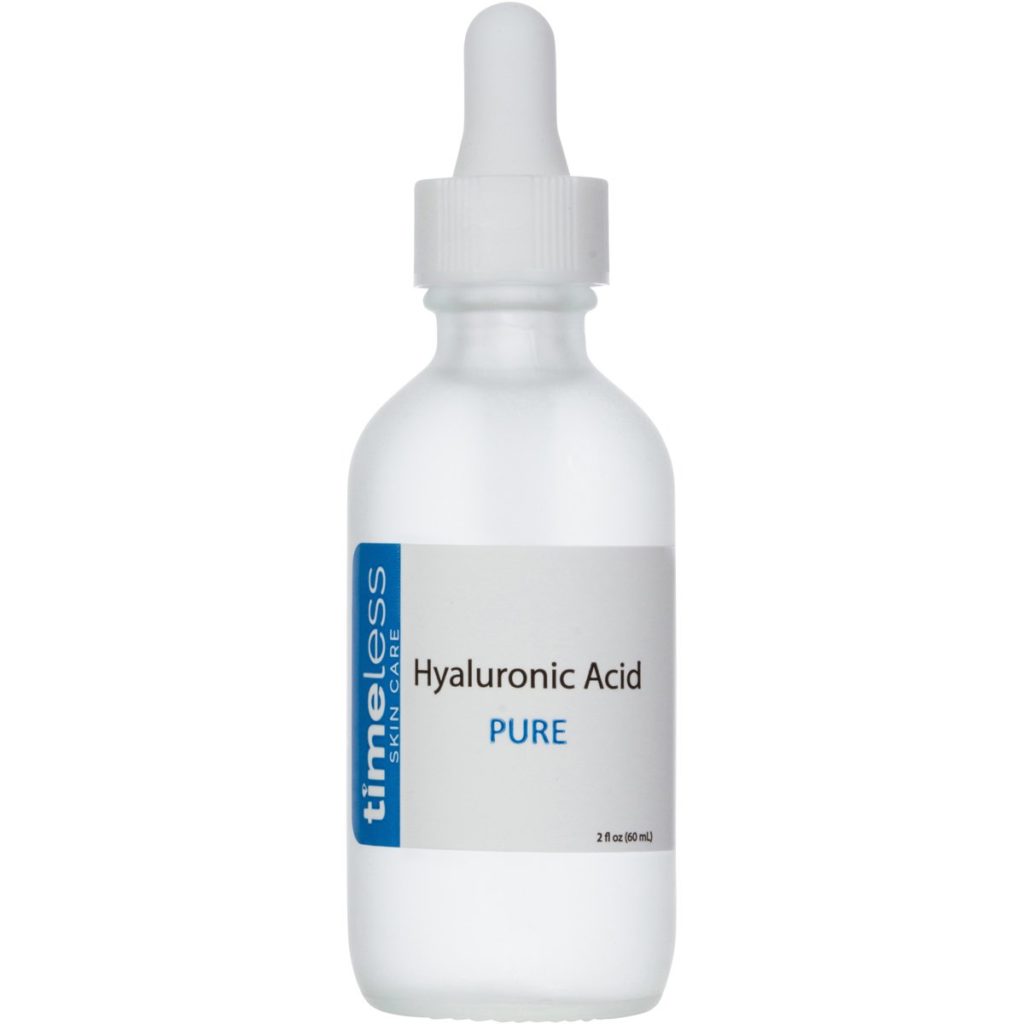HYALURONIC ACID

Biochemistry
Hyaluronic acid (HA) is a substance that is naturally present in the human body. It is a polysaccharide in the glycosaminoglycan family that is distributed widely in the extracellular matrix of connective tissue (found in the highest concentrations in fluids in the eyes and joints). (1) In these places it works by acting as a cushion and lubricant and plays an important role in modulating the interactions between adjacent tissues. (2)
Hyaluronic acid is also a major component of skin, where it is involved in tissue repair. When skin is exposed to excessive UVB rays (as in a sunburn) cells in the dermis stop producing as much HA and increase the rate of its degradation. (3)
Hyaluronic Acid and Wound Repair
Skin wound healing is a complex process, and hyaluronic acid is likely to play a multifaceted role in mediation of these cellular and matrix events. The stages of wound healing are inflammation, granulation tissue formation, reepithelization and remodeling. HA is abundant in early inflammatory tissues, likely due to increased synthesis of the compound. HA interacts with molecules that are crucial to the inflammation process, including cytokines and growth factors. HA acts as a promoter of early inflammation, and was observed to enhance cellular infiltration. (4) Endothelial skin cells with synthesize HA in response to inflammatory cytokines such as TNF-α. (4)
Granulation tissue is the perfused, fibrous connective tissue that replaces a fibrin clot in healing wounds. (4) HA is abundant in granulation tissue and contributes to a variety of cell functions including: facilitation of cell migration (via HA hydration) into the provisional wound matrix, cell growth, and organization of the granulation tissue matrix. (4)
Hyaluronic acid also has crucial functions in the reepithelization process due to several of its properties. It supports hydrates the extracellular matrix of basal keratinocytes (the major constituents of the epidermis). Also it has free-radical scavenging functions, and has been shown to protect against proteoglycan depletion caused by free radicals. (5) HA also seems to have a role in keratinocyte growth and migration. (4)
Restylane and Juvederm: Hyaluronic Acid Fillers for Wrinkles
Restylane and Juvederm are gels of hyaluronic acid used for treating facial wrinkles and folds (deep wrinkles). Hyaluronic acid is what gives skin its volume and fullness, and a lack of HA causes skin to lose structure and volume and wrinkles develop. (6) Hyaluronic acid also attracts and binds water, and this also helps maintain fullness in the area of injection. (6) Restylane and Juvederm are also used to enhance fullness of the lips. (6)
These drugs should be administered by injection only by a physician. The amount of Restylane or Juvederm that is administered depends on the site that is being treated and the depth of the wrinkles. (7) Injection results usually last 6 to 9 months. (6)
The most common side effects of hyaluronic acid are reactions at the site of injection. These can include pain, bruising, redness, and swelling. Following injections, ice should be applied to reduce swelling and decrease the pain associated with the injection. Nonsteroidal anti-inflammatory drugs (NSAIDs) such as Aleve and Motrin may increase bruising or bleeding after injection of hyaluronic acid. Therefore, patients should stop these drugs at least one week before the injections. (6)
References:
- Hyaluronic Acid. 2009. http://www.webmd.com/
- Averbeck M et al. (2007) Differential regulation of hyaluronan metabolism in the epidermal and dermal compartments of human skin by UVB irradiation. J Invest Dermatol 127:687-697.
- John Chen and Giovanni Abatangelo, Wound Repair and Regeneration, 1999, 7: 79-89
- Roberts, N. Intraarticular and soft tissue injections: What agent(s) to inject and how frequently? August 31, 2010. http://www.uptodate.com/contents/intraarticular-and-soft-tissue-injections-what-agents-to-inject-and-how frequently?
- Marks, J. Hyaluronic acid, Restylane. 2005. http://www.medicinenet.com/hyaluronic_acid/article.htm
- How does Juvederm XC work? Allergan Inc. 2011. http://www.juvederm.com/views/what%2Dis%2Djuvederm/how%2Ddoes%2Dit%2Dwork/


